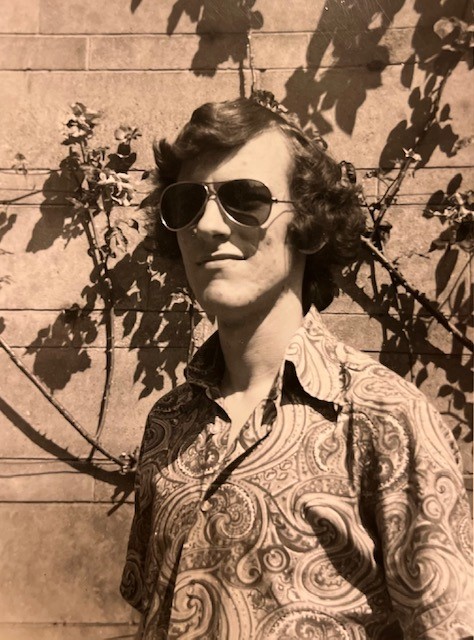Tony says he was dragged into covert communication by a fellow engineer who had a friend at King’s College who’d obtained some scrap equipment from the Marconi Company.
“But we needed some cable. We had 30-foot lengths of it, with 25 pairs of wires twisted together in each length. To untwist them we dropped them down a three-story staircase in King’s and hung them there. Then we soldered the lengths together, wrapped the joints in insulation tape, and covered them in bitumen paint for camouflage.”
Fortunately, the College was “festooned” in General Post Office (GPO) phone wires so it was easy to “tuck a few more in”. But how to extend their network to King’s College to include their co-conspirator?
“At dead of night in January 1974, we used the scaffolding alongside the Old Library to install cables in the guttering. The cables went down inside a drainpipe, were buried in the gravel to L Staircase and then up inside another drainpipe to emerge and become tucked in amongst GPO wiring.
“The wires ran all along the front of the Thornton and Latham Buildings to another exchange on the top floor of Q. This second exchange had the most ambitious part of the scheme, a submarine cable laid from a punt we had shares in, connecting our system to the one at King’s.”
The system grew over a period of months from late 1973 through early 1974. Extra telephones were bought as needed, often from electrical surplus shops on the Tottenham Court Road.
Most of the ‘subscribers’ moved out to Bateman Street or St Clement’s Gardens for their second year, but the system in College was revived when they moved back in October 1975.
“It was handed on when our year graduated in 1976 and ran for at least another year.” Some of the wiring across the front of L Staircase was still visible in 1998.
